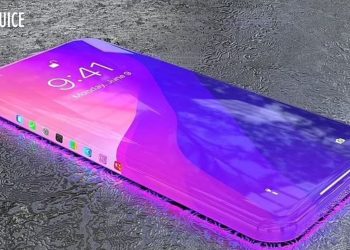In a crazy move to improve the security of its devices, Apple is providing a one-of-a-kind opportunity for experienced security researchers: a free iPhone 14 Pro, as well as the chance to earn rewards ranging from $5,000 to an incredible $1 million.
There is, however, an essential catch: the researchers must be capable of hacking the device they are given.
Apple’s unorthodox programme is to find and correct potential vulnerabilities in its iOS operating system, ensuring that its devices remain as secure as possible. Participants must meet high eligibility standards, which include a track record of vulnerability research.
While the possibility of receiving a free iPhone 14 Pro may sound appealing, not everyone is eligible to join. Binge-watching TV shows like “Mr. Robot” will not be enough. Apple is looking for specialists in the field with a track record of successful vulnerability research.
Those who meet the stringent criteria will receive a specially constructed iPhone 14 Pro with shell access and the ability to modify the kernel for in-depth research and exploitation analysis. Participants must understand, however, that this is not a ‘keep what you hack’ condition; the iPhone remains Apple’s property and is just for on-site use during the research.
Furthermore, researchers are expected to follow ethical guidelines, such as only utilising the device for controlled security testing and promptly reporting any flaws they discover.
The prospective rewards are what make this endeavor appealing. Apple is willing to pay a bounty ranging from $5,000 to a whopping $1 million, depending on the nature and severity of the vulnerabilities found. This project emphasises the essential role that security research plays in Apple’s ongoing efforts to improve user safety and privacy.
“With great power comes great responsibility,” as the saying goes, and in this case, the opportunity to acquire a free iPhone 14 Pro comes with the ethical obligation to contribute to the protection of Apple’s ecosystem.
Apple’s dedication to strengthening product security through this unique method reflects the ever-changing threat landscape.






